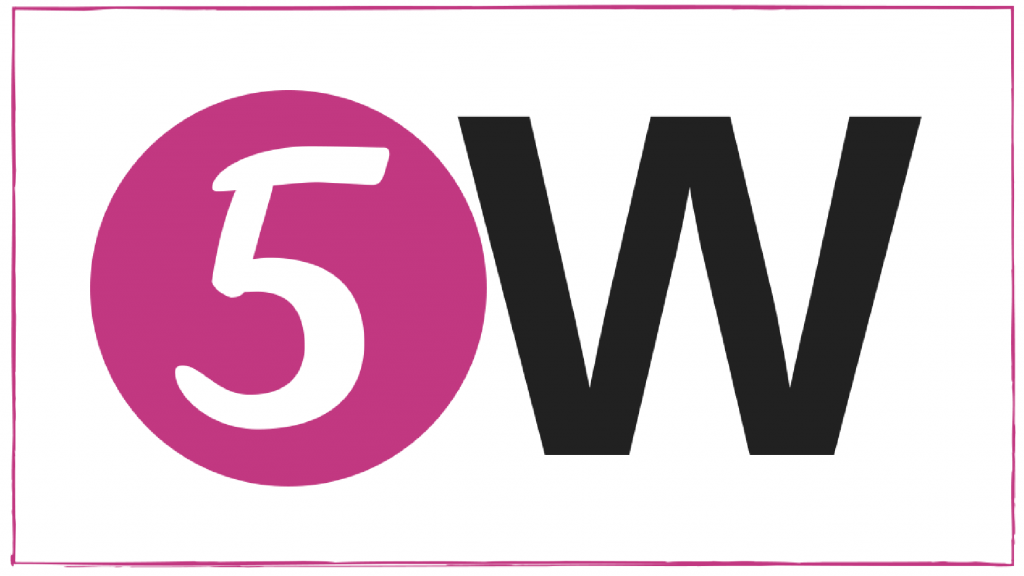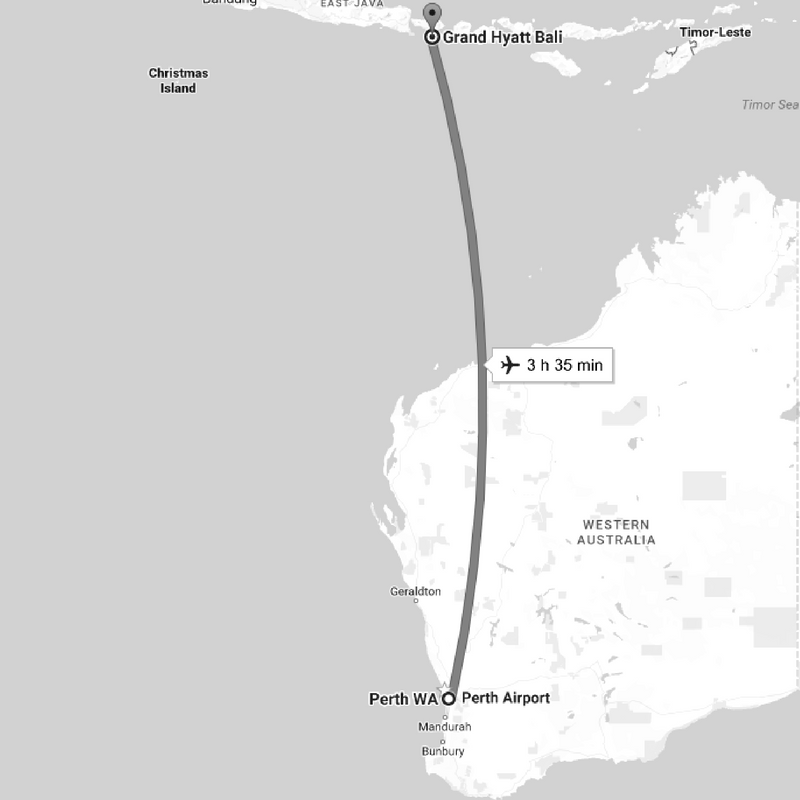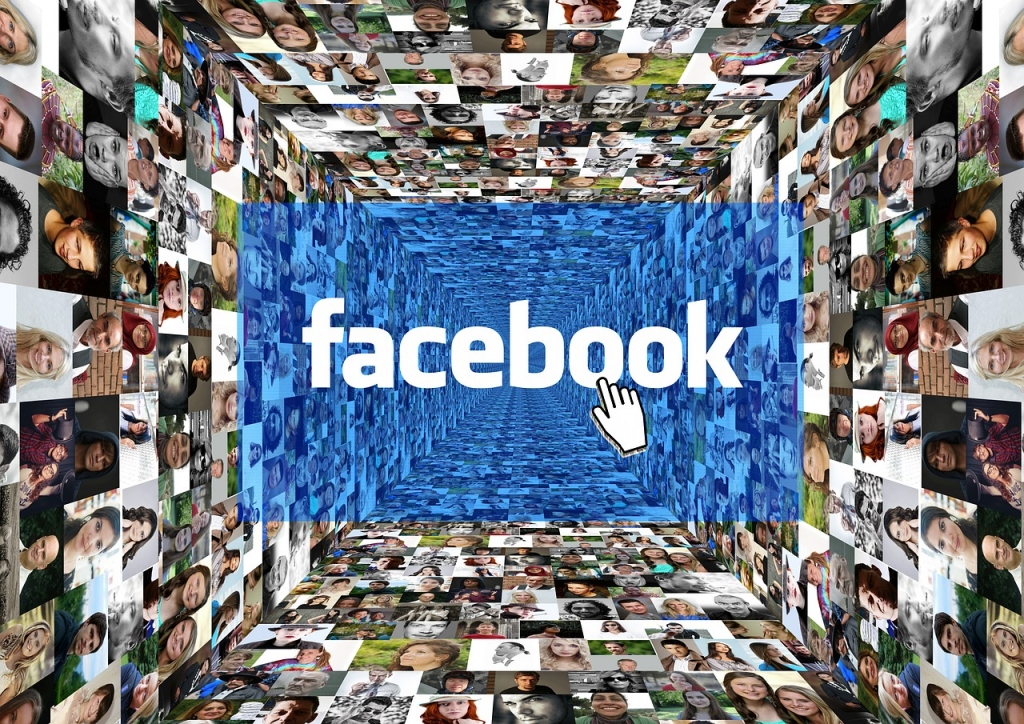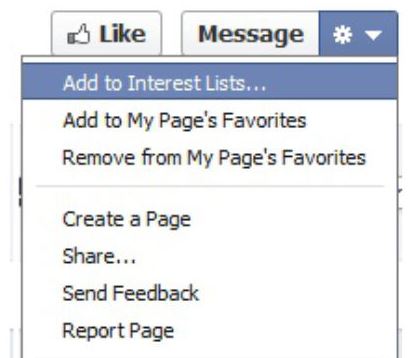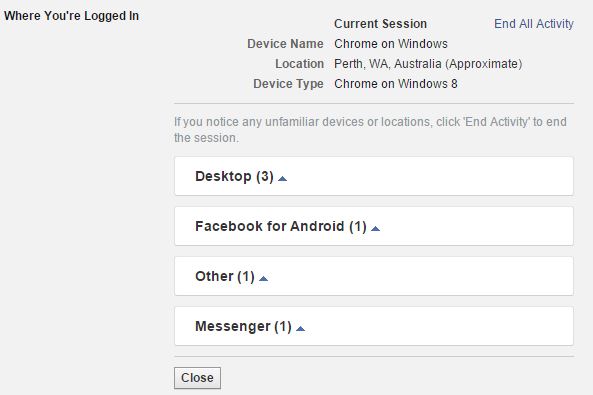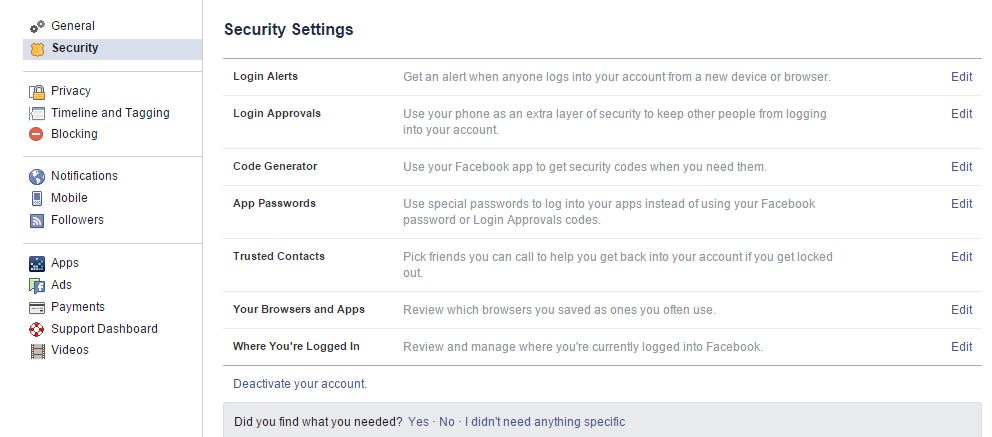Content Marketing can have some incredible benefits for your business
But a lot of people still underestimate the value of Content Marketing, or indeed don’t fully understand what it is or why they should invest in bespoke content.
So let’s start by working out exactly what it is!
CONTENT MARKETING – a type of marketing that involves the creation and sharing of online material (such as videos, blogs, and social media posts) that does not explicitly promote a brand but is intended to stimulate interest in its products or services.
But I prefer Content Marketing Institute’s definition:
Content marketing is a strategic marketing approach focused on creating and distributing valuable, relevant, and consistent content to attract and retain a clearly defined audience — and, ultimately, to drive profitable customer action.
Especially the line following that definition which says “Instead of pitching your products or services, you are providing truly relevant and useful content to your prospects and customers to help them solve their issues.”
So Content Marketing is a way to talk about your products or services in a way that’s audience first and user driven. It’s less about you, and more about them – a good place to start.
What can be content?
Anything your audience can consume can be content.
- Blog posts
- Video & Slideshows
- Graphics & Animations
- Podcasts
- Quizzes
- Ebooks & Whitepapers
- Resources & Workbooks
- Playlists
- Q&A or AMAs
- Facebook/Instagram Live
- Branded Filters & Camera Frames
And the list goes on!
The type of content you create for your Content Marketing efforts will depend completely on your audience and objectives.
Great Content Marketing can have a multitude of benefits to your business, let’s look at some of them.
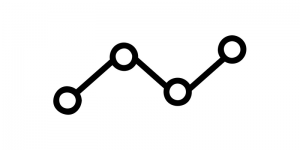
Traffic & Search Results
Everyone wants more traffic to their website, or at least more qualified traffic. When you publish or host quality content on your site, people hit your site to consume it. And you know they’re more than likely interested in your product or services because that’s what your content (even if loosely) relates to.
When you offer something of value to your audience, they’ll come to you. This is the complete opposite of traditional marketing where you go to where they are and interrupt them. If you content is strong enough and valuable enough you might not even have to pay to promote it. You can publish it, and let people come to you in their own way and their own time.
Here’s a great example – Jon Loomer’s Facebook Image Dimension Guide. In case you don’t know who Jon Loomer is he’s a Facebook Ads heavy hitter who runs online training and a couple of membership clubs for exclusive content. In fact, everything Jon does is an example of excellent Content Marketing.
I read in one of his emails a while back that this page on his site is the most visited. It comes up if you Google “Facebook Image Specs” and in creating it, he knew that anyone who visited that page was looking for information on how to optimise their creative to best display on Facebook.
Whether they were marketers, or business owners, or entrepreneurs – they all had that in common. And they were coming to him. For free!
Imagine you’re in a competitive niche; all clamoring to get to the top position in a Google search, but your content – perhaps a simple “how to” video is what people are visiting? That’s YOUR brand getting ahead. Standing out without pushing people away with a hard sell.
We’ll talk more about what you can do with this traffic in a sec.

Brand Awareness & Recall
Word of mouth is still an incredibly powerful way to get your business noticed, and you’ve probably heard the phrase “word of mouse” said too. It’s so important to be known and remembered.
How can people use your services if they don’t know who you are?
How can they recommend you to their friends if they can’t remember your business name?
Create content that resonates with your audience and they’re more likely to remember you. And if they hadn’t heard of you before it’s an even better way to make them aware of your brand!
The idea is that it’s not only valuable enough for them, but sharable as well. Any time you can get people to share your content as a brand you’ve allowed them to represent you and vice versa. They’ve thought whatever you created was good enough for them to put their name to and pass along to their friends and colleagues.
And with Content Marketing you can do this without the rude interruption of more traditional types of advertising.
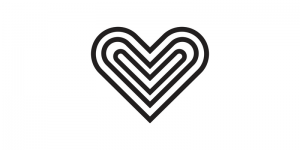
Brand Affinity & Loyalty
Something else you can achieve with Content Marketing is affinity from your audience, and loyalty from your current customers.
This isn’t just touchy-feely (not that there’s anything wrong with that) but in a crowded market you want people can choose your brand, over others and their affinity for what your brand stands for could be the deciding factor. But they can’t do this unless they know what your brand MEANS.
You content can explain your brand positioning, and win your audience over into fans and purchasers.
Tell your brand’s story and let your audience fall in love with you.
Then once you’ve earned their support you want to retain them!
Great content can remind people why they choose you and not your competitors. It can help deepen the relationship they have with your brand and make them less likely to stray.

Audience Segmentation
Content Marketing can help you segment your audience and only show them what they want to see more of.
You can track and tag pages of your website and/or individual pieces of content, to build audience pools from your different content themes into remarketing segments.
That way when you pay to promote a new piece of content you can target the people who’ve consumed similar content. Facebook targeting allows us to differentiate traffic that’s visited certain pages of our website and not others, and also people who’ve spend a certain amount of time on a particular page so we can serve ads to people who interacted with particular content this way.
It’s the same concept ecommerce stores use when they offer you similar items to the ones in your cart. They know you like xyz product with certain attributes, it follows you’ll like other products with similar attributes.
This segmentation keeps your audience seeing the content that resonates with them, and prevents them seeing content themes that may not.

Funnel Content
If you have a sales funnel you need to fill that funnel with content.
This content needs to be relevant to the audience AND their buyer journey.
Content Marketing can attract people to your brand and fill the top of the funnel.
And it’s especially important during the consideration phase (middle of the funnel) to make sure people choose your brand over your competition.

Thought Leadership
Content Marketing can position you (as a personal brand) or your company as the thought leader in your niche.
Great content will ensure your fans know you’re the “go to” source for information on your product or industry and give you an edge over your competitors, just like in the Jon Loomer example.
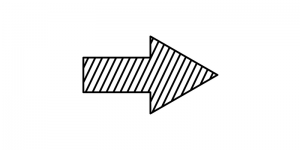
Business Opportunities
Checking the data from your Content Marketing efforts can point you in the direction of new business opportunities.
If you’re looking at expanding or even narrowing your offerings, the data on which content your audience consumed can help you refine your business to offer what has most resonated with your target market.
Content Marketing & Social Media – BFFs
Why am I telling you about Content Marketing?
Because Content Marketing and Social Media are BFFs. Your content can be distributed on Social Media, and content themes can be established based on your social posting.
Think about your most popular Social Media posts – what were they about? What can you learn from this to inform your content offering?
Social Media gives us the power of community for our brands, and it also allows us to target with a high level of accuracy people we want to reach beyond that community where we know our content will resonate.
So put some thought into your Content Marketing efforts and invest in some quality creators if it’s not your thing. The work of an excellent copywriter, graphic designer or videographer will elevate your content and you’ll reap the benefits.
But make sure to leave some money in the budget to ensure this content sees the light of day with the people you made it for.
Do you invest in Content Marketing?
What questions do you have about content?




